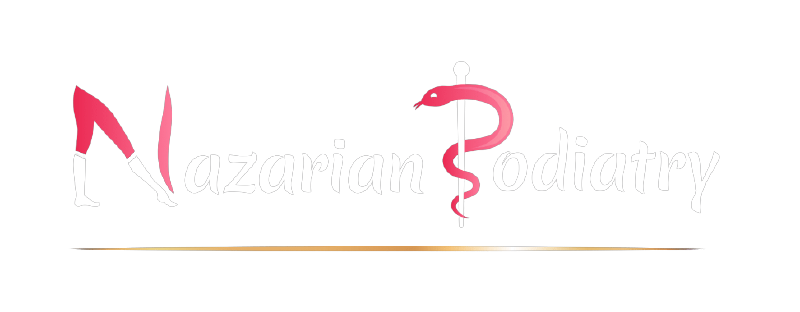Many foot problems occur due to improper functioning of the foot during gait.
Your foot and ankle are complex load-bearing structures with many interconnected moving parts.
Analyzing how your feet and legs function when you walk can provide us with a lot of information to use when designing a treatment plan to help make you feel better!
How do we analyze your gait?
First, we simply watch you walk. Most significant gait abnormalities can identified with simple visual analysis of how you walk.
We understand how the feet should function and while we watch you walk we are also paying special close attention to the areas of your feet that are causing you pain and discomfort. For example, If you suffer from painful bunions, we will be watching how the big toe hits the ground as you walk.
Some areas of focus while observing your gait include:
- hit the ground? If your feet hit the ground excessively hard the increased shock can damage tissue. If this is the case we may decide you need additional cushioning under the heels or ball of your feet.
- abnormal motion occurring that can damage tissue and cause pain? If so we may use orthotic devices to limit and control that damaging motion.
- Are your feet functioning symmetrically? If one foot rolls in more than the other that puts abnormal strain on the pelvis and back and can lead to lower back pain among other conditions.
- Does one leg appear to be longer than the other? Limb length discrepancies can lead to a number of lower extremity problems as well as knee, hip and lower back strains.
Biomechanical Examination
As foot and ankle specialists and surgeons, we have intensive biomechanics training and unique credentials that enable us to be one of the nation’s most skilled at analyzing the relationship between the lower extremity joints . This means that we analyze the relationship of all the foot and ankle joints to each other as well as their relationship with other joints in your body.
We measure range of motion of the critical joints and look for joints with restricted motion or joints that exhibit hypermobility.
Abnormal gait biomechanics may cause foot problems such as arch pain, heel pain, bunions and hammertoes. In addition, alterations in foot function can lead to problems with your knees, hips, or lower back.
By performing a thorough examination we will help you find the cause of your pain and design the most appropriate treatment.
Designing a personalized shoe-insert (Custom made orthotics)
Once we perform a detailed gait and biomechanical examination, we will help you find the cause of your pain and design the most appropriate treatment plan specific to your unique problems.
One of the most effective methods of controlling and supporting your foot and ankle during gait and weight-bearing, is by placing a custom made orthotics in your shoes.
Unlike many laboratories and in store scanning devices we take an exact mold of your feet using plaster cast.
We then send this mold to our specialty labs with instructions on the type of orthotics we need to make( dress orthotic, supportive orthotics, sport orthotics, diabetic orthotics, high-heel orthotics), type of materials, and the type of modifications and adjustments we require to have them build.
This allows us to precisely control function and resolve your specific foot and ankle problems.
Additionally, keeping in mind that no two feet are the same, we will recommend the types of shoe gear that are the most appropriate for you and your foot type!
Finally as female physicians with a love for high-heels and fashionable shoes, we will also show you how to wear these shoes correctly and how to apply padding for a more comfortable and glamorous fit!
We have a number of patients who travel to see us particularly for orthotic therapy. If you will be coming to see us from a distance, please let our receptionist know so that we can schedule appropriate time.

